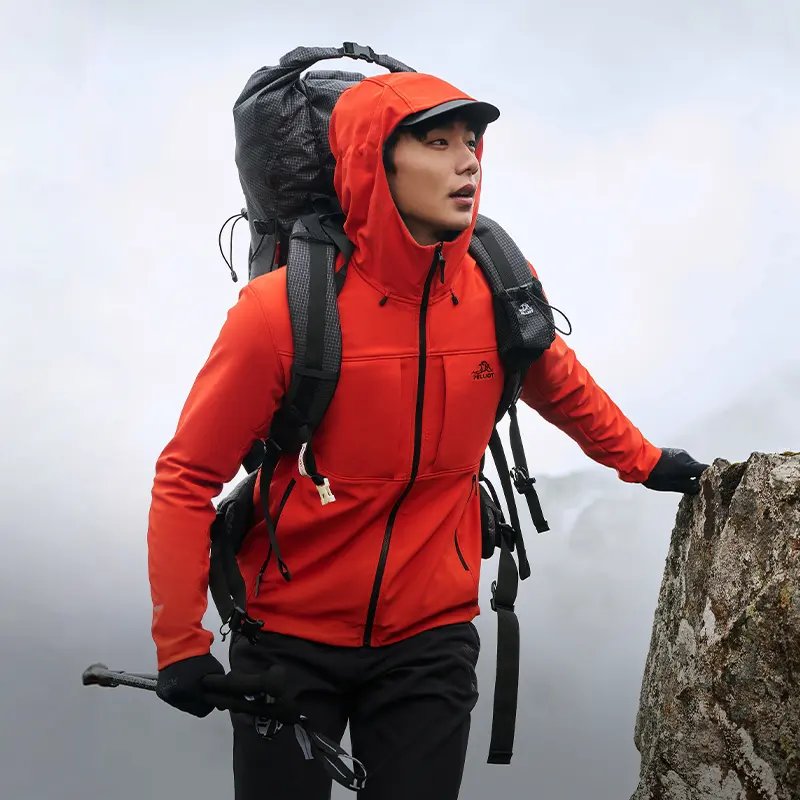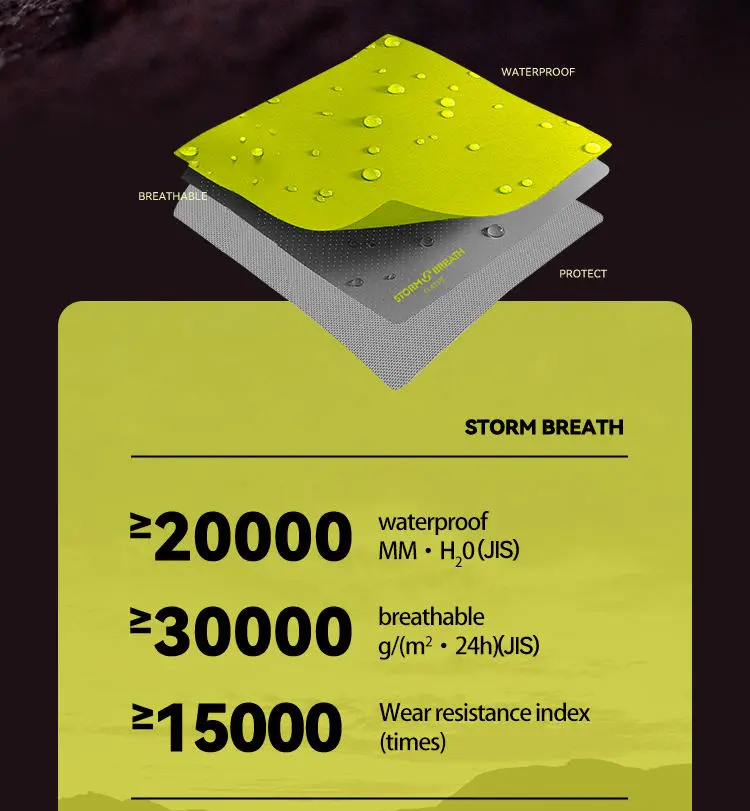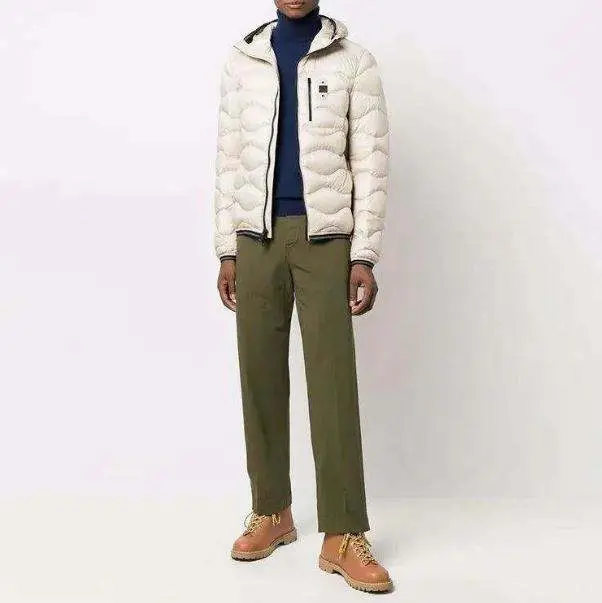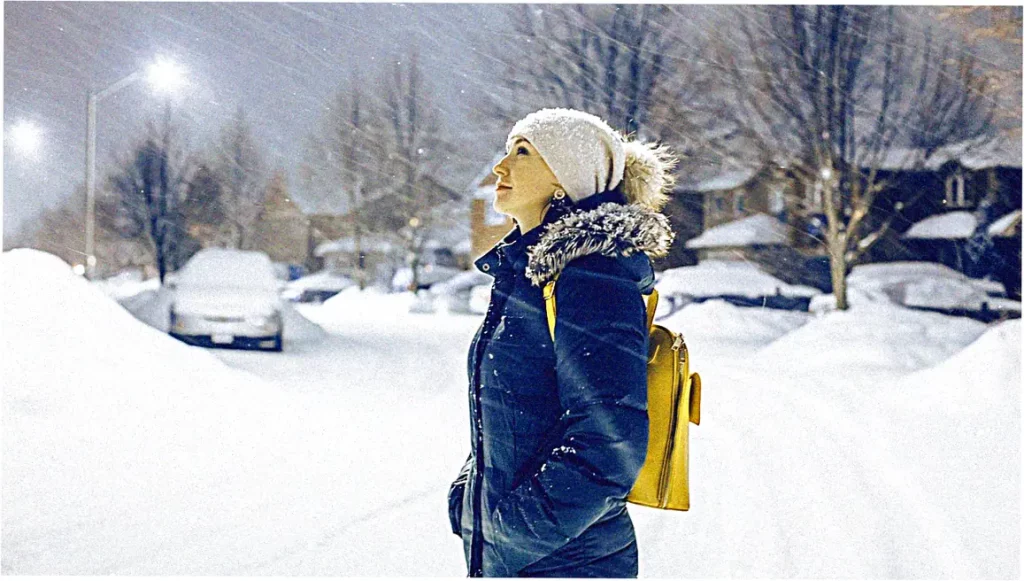When it gets cold and you’re itching to hit the trails, a good winter hiking jacket can turn a tough trek into an awesome trip. No matter if you’re climbing snowy mountains or walking through windy valleys, you’ll want a jacket that’s warm, breathable, and tough. But with tons of choices, how do you find the perfect one? Let’s dive into the most common questions hikers have about winter jackets and break down what really matters.
Table of Content
- What features define top winter hiking jackets?
- How much insulation is needed for winter hiking?
- Are down jackets good for wet winter hikes?
- What’s the best waterproof rating for hiking jackets?
- How important is jacket weight for winter hiking?
- Should winter hiking jackets have removable liners?
- What ethical brands make sustainable hiking jackets?
- How to layer effectively under a winter jacket?
- Can budget jackets perform well for winter hiking?
- How to maintain and prolong jacket lifespan?
- What’s the ideal fit for a winter hiking jacket?
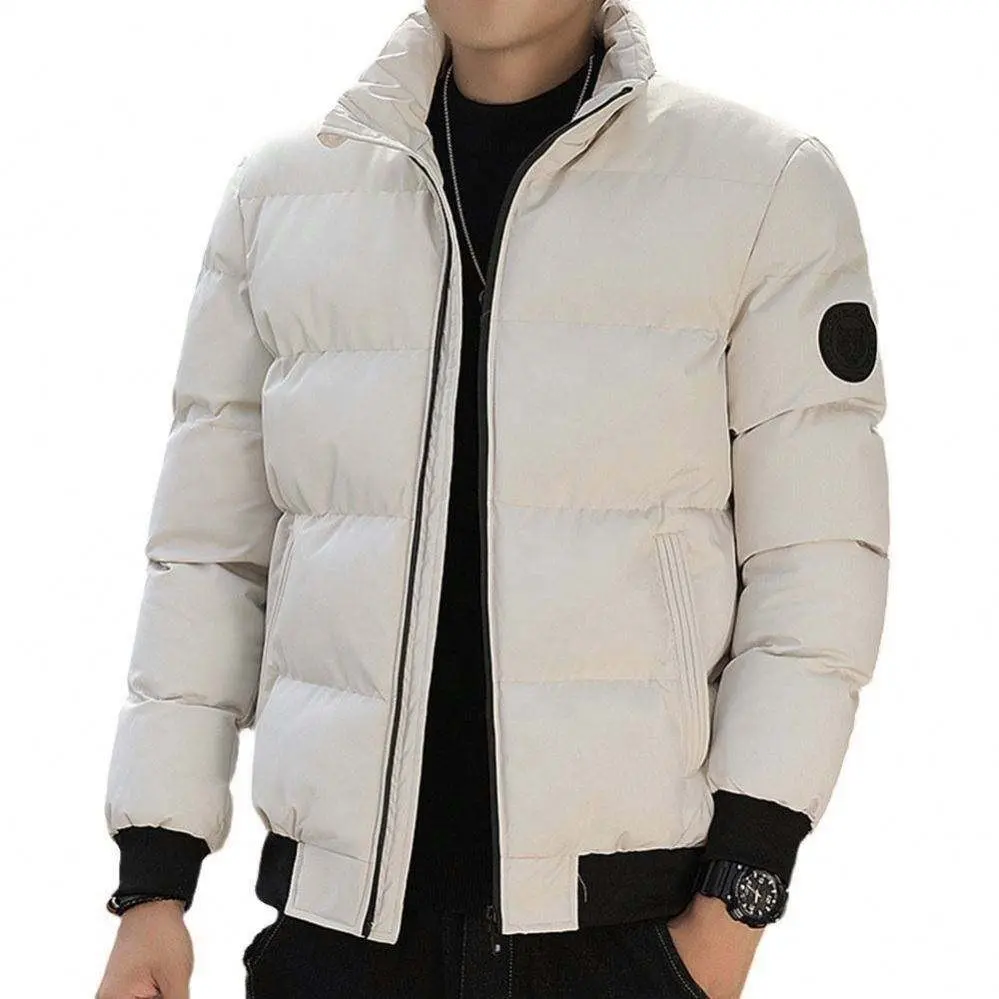
What features define top winter hiking jackets?
Not all winter hiking jackets are the same. The top jackets have some must-haves: materials that keep water out but let sweat escape (think Gore-Tex), hoods and cuffs you can adjust to block wind and snow, and just enough insulation to keep you warm without cooking you.
I found this out the tough way on a Colorado winter hike – my cheap jacket that didn’t breathe left me drenched in sweat, then freezing when I took a break. Go for jackets with underarm zips to let air in and lots of pockets for your stuff. Think about weight too – super light jackets are great for long hikes, but you might need something heavier for really tough weather.
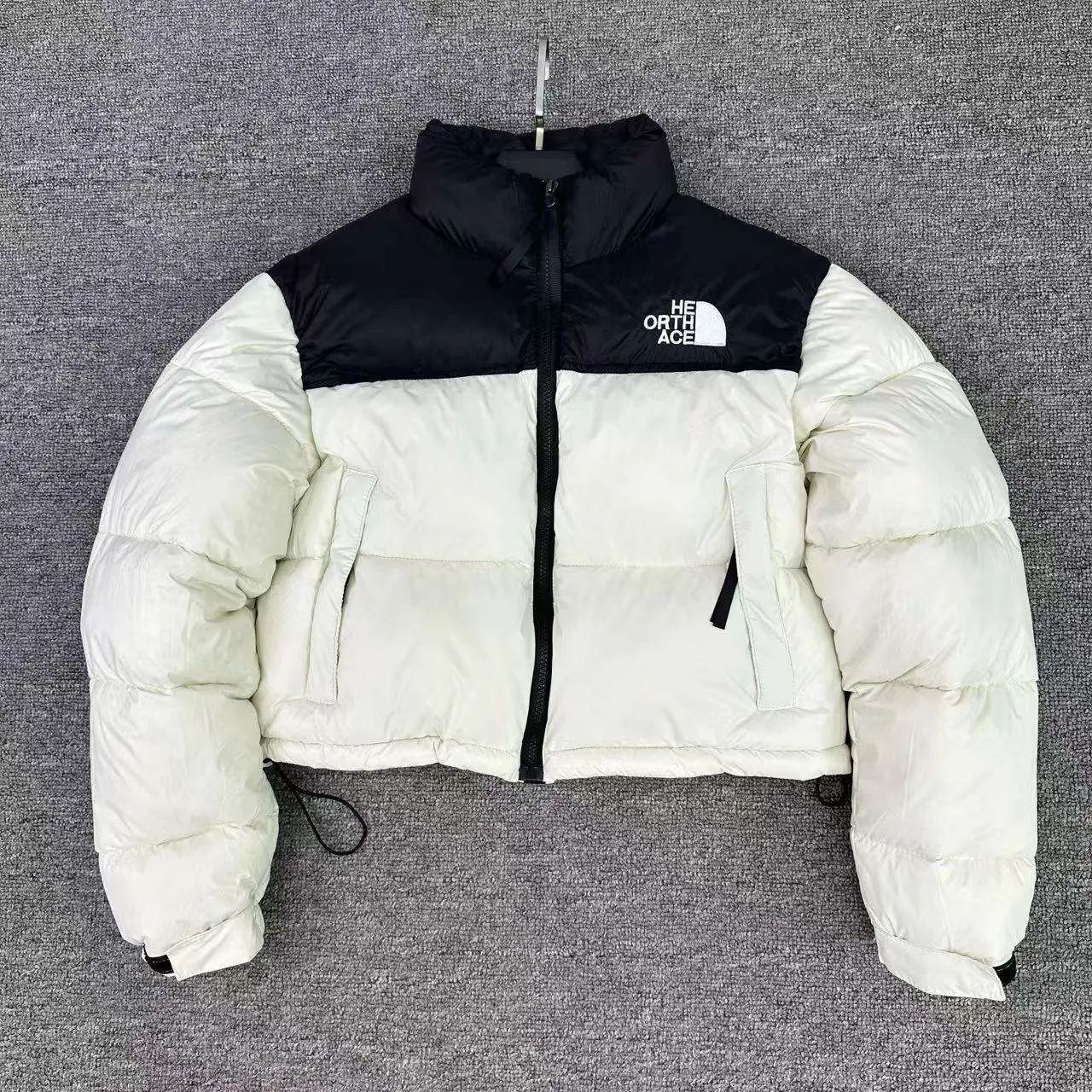
How much insulation is needed for winter hiking?
Getting the right insulation is tricky.
Too much, and you’ll overheat; too little, and you’ll shiver uncontrollably. Down keeps you warm without weighing much, but doesn’t work well when wet.
Stuff like PrimaLoft works better when it’s wet and dries quicker. In the Adirondacks last winter, I wore a light synthetic jacket under a shell – stayed warm when snow hit but didn’t overheat going uphill. For most winter hikes, 60-100g of synthetic or 550 down is enough, but go heavier or lighter depending on how hard you’re working and how cold it is.
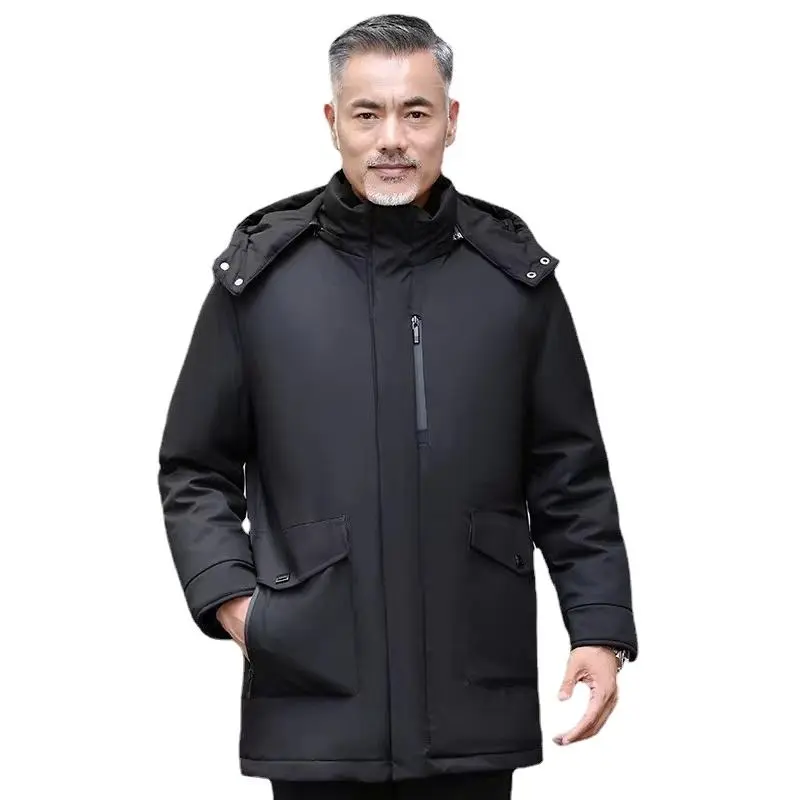
Are down jackets good for wet winter hikes?
Down jackets are super warm and light, but there’s a big downside – they get clumpy and stop working when wet. If you’re hiking in damp or snowy conditions, a synthetic-insulated jacket or a hybrid design (like down with a water-resistant shell) is a safer bet.
I messed up wearing just a down jacket on a rainy Northwest hike – when it got wet, I was freezing cold. Now I only wear my down jacket when it’s dry and cold, and go for synthetic or treated down when it might get wet.
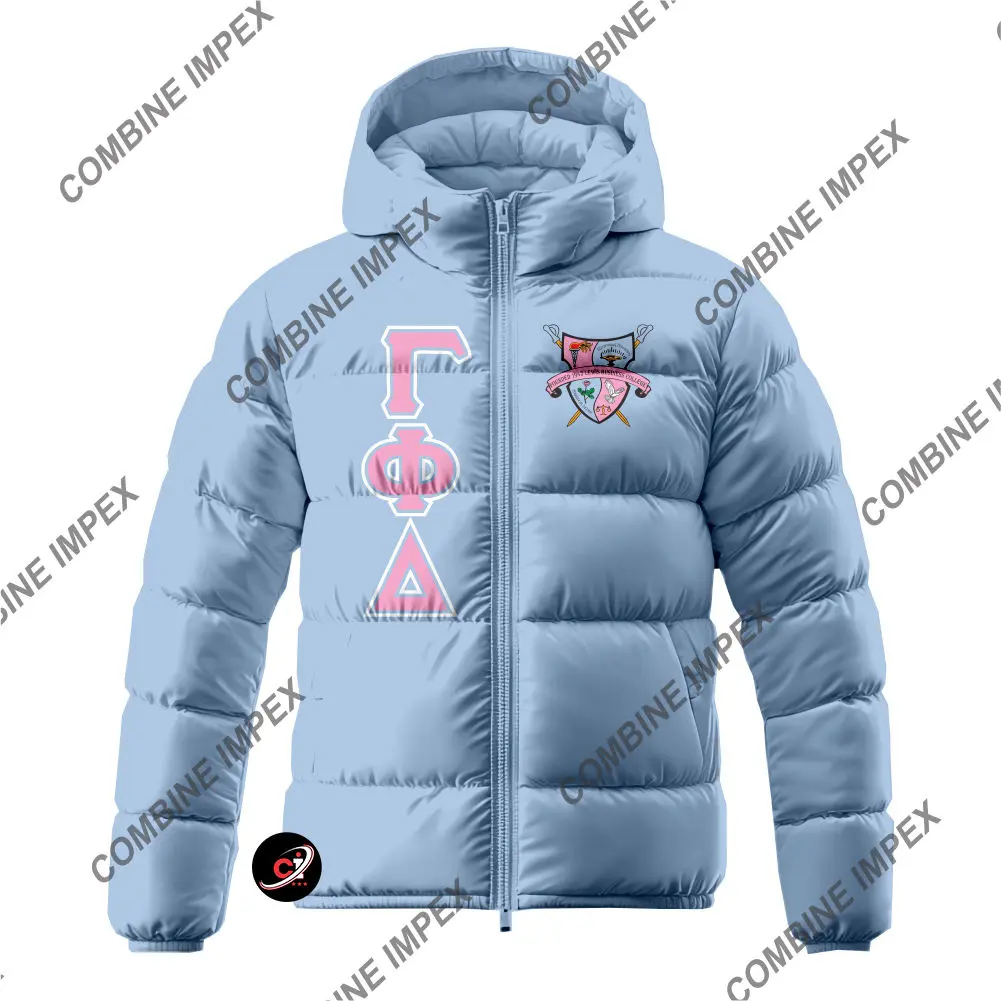
What’s the best waterproof rating for hiking jackets?
Waterproof ratings tell you how much water pressure the fabric can take before it leaks, measured in millimeters. For winter hikes, look for at least 10,000mm, and 20,000mm if you’ll be in heavy snow or rain.
Breathability matters too – measured in how much sweat can escape (10,000g is good to avoid getting sweaty). My go-to jacket (15,000mm waterproof/12,000g breathable) kept me dry in Scottish sleet but still let enough air through so I didn’t overheat.
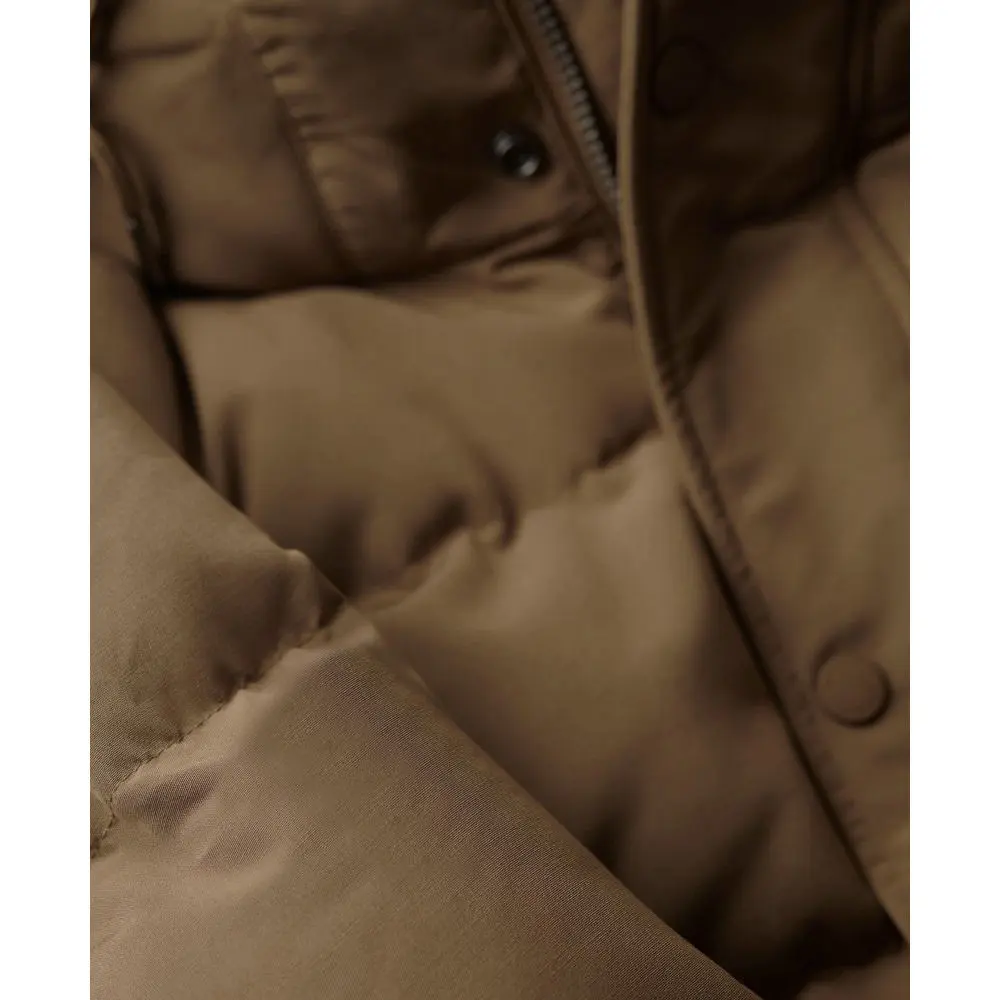
How important is jacket weight for winter hiking?
The weight is more important than you’d guess.
A heavy jacket wears you out on long hikes, but one that’s too light might not keep you warm enough. For most winter hikes, aim for a jacket that’s 1-2 pounds – that’s usually the sweet spot.
On a week in Wyoming, my 1.5-pound jacket was just right – light for hiking all day but warm enough when temps dropped below freezing. If you’re doing high-intensity hikes, prioritize lighter materials; for static camping, a heavier, warmer jacket may be worth the extra ounces.
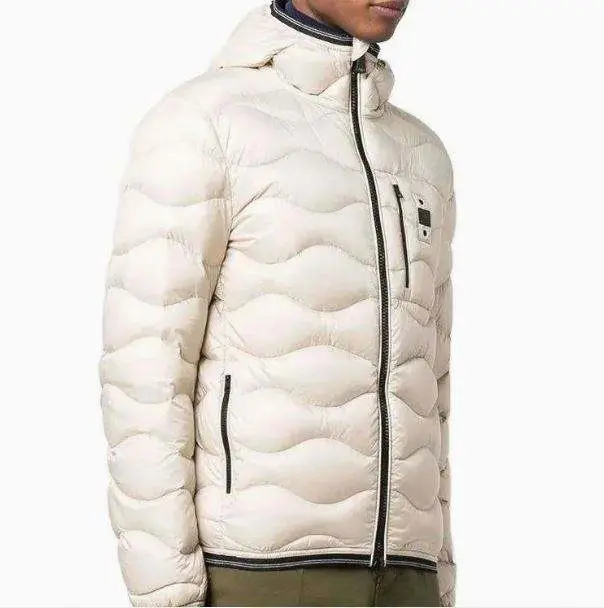
Should winter hiking jackets have removable liners?
Jackets with removable liners let you add or remove warmth as needed. But they can make the jacket bulkier and heavier.
I tried a 3-in-1 jacket with a fleece liner in Vermont’s changing weather – liked being able to adjust, but the extra seams didn’t keep weather out as well as a regular insulated jacket. If you’d rather layer with separate clothes, don’t bother with a removable liner. But if you like things simple, a good 3-in-1 jacket can do it all.

What ethical brands make sustainable hiking jackets?
Eco-friendly gear is becoming a bigger deal. Brands like Patagonia, Arc’teryx, and Fjällräven prioritize recycled materials, fair labor practices, and durable designs.
My Patagonia Nano Puff (made from recycled plastic) has lasted years and fits with my green lifestyle. Check for bluesign® or Fair Trade labels to know it’s made responsibly. They might cost more upfront, but they last longer and are better for the planet.
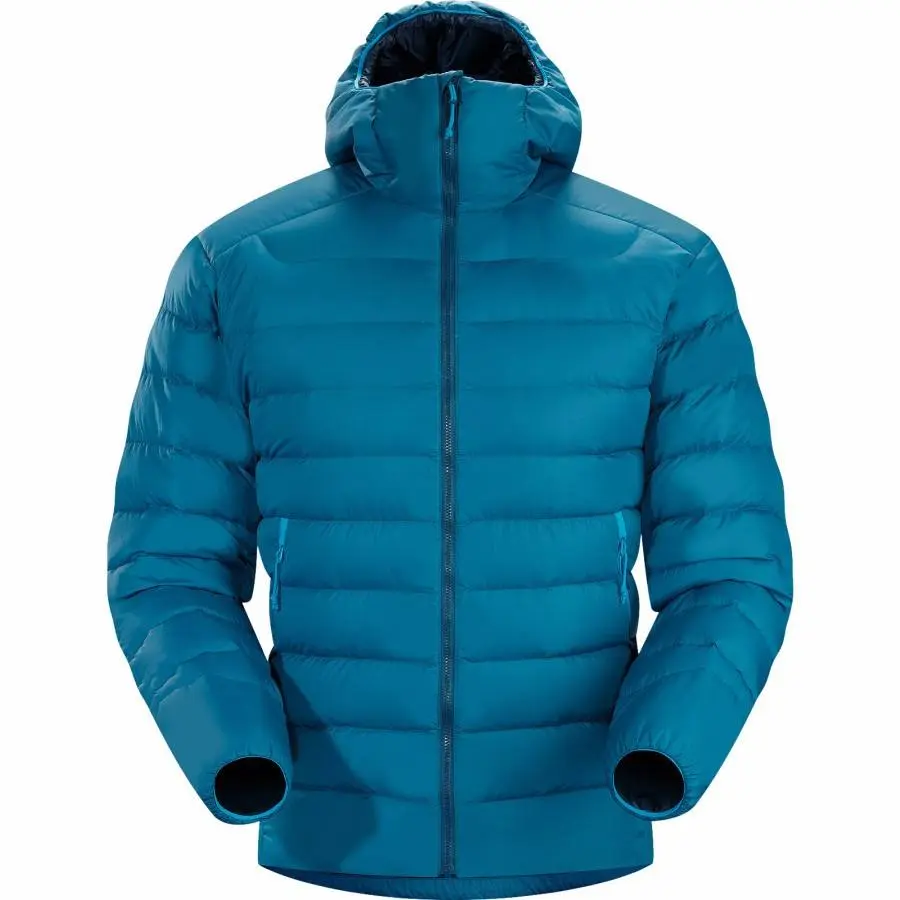
How to layer effectively under a winter jacket?
The secret to comfort is layering. First, a base layer that pulls sweat away (merino or synthetic), then something warm in the middle (fleece or light down), and your winter jacket on top.
When it was -10°F in Montana, I did merino base light down vest hardshell – stayed warm but could adjust as I heated up or cooled down. Never wear cotton – it holds sweat and could make you dangerously cold.
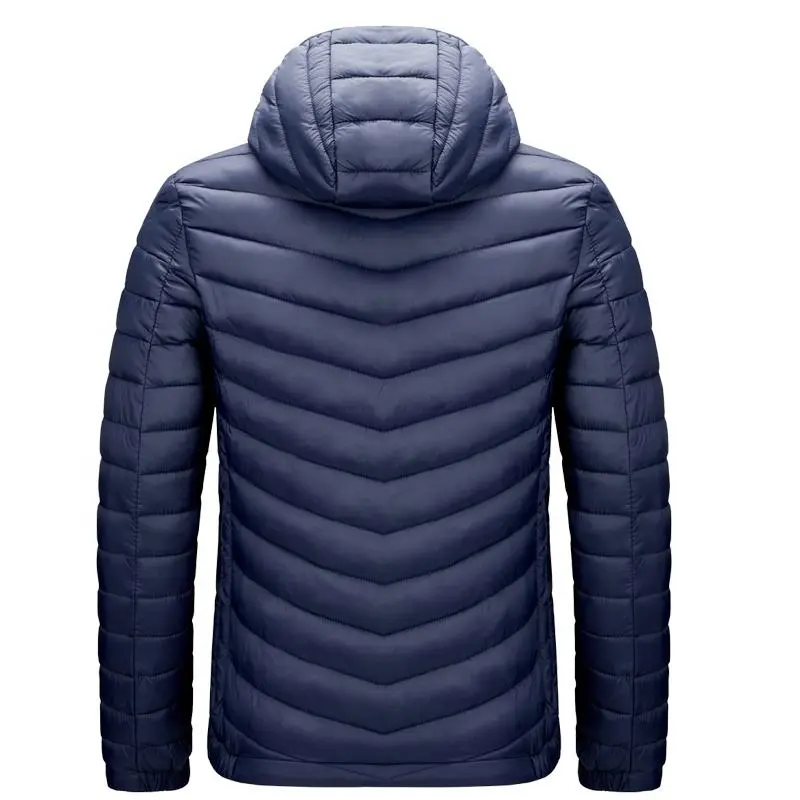
Can budget jackets perform well for winter hiking?
You can find decent jackets without spending a fortune. Try last year’s models on sale from good brands, or check out smaller brands with good feedback.
My buddy loves his $100 Decathlon jacket – it’s lasted several winters. But really cheap jackets usually cut corners on waterproofing, warmth, or how long they last. If you hike a lot, spending more on a quality jacket means more comfort and it’ll last longer.
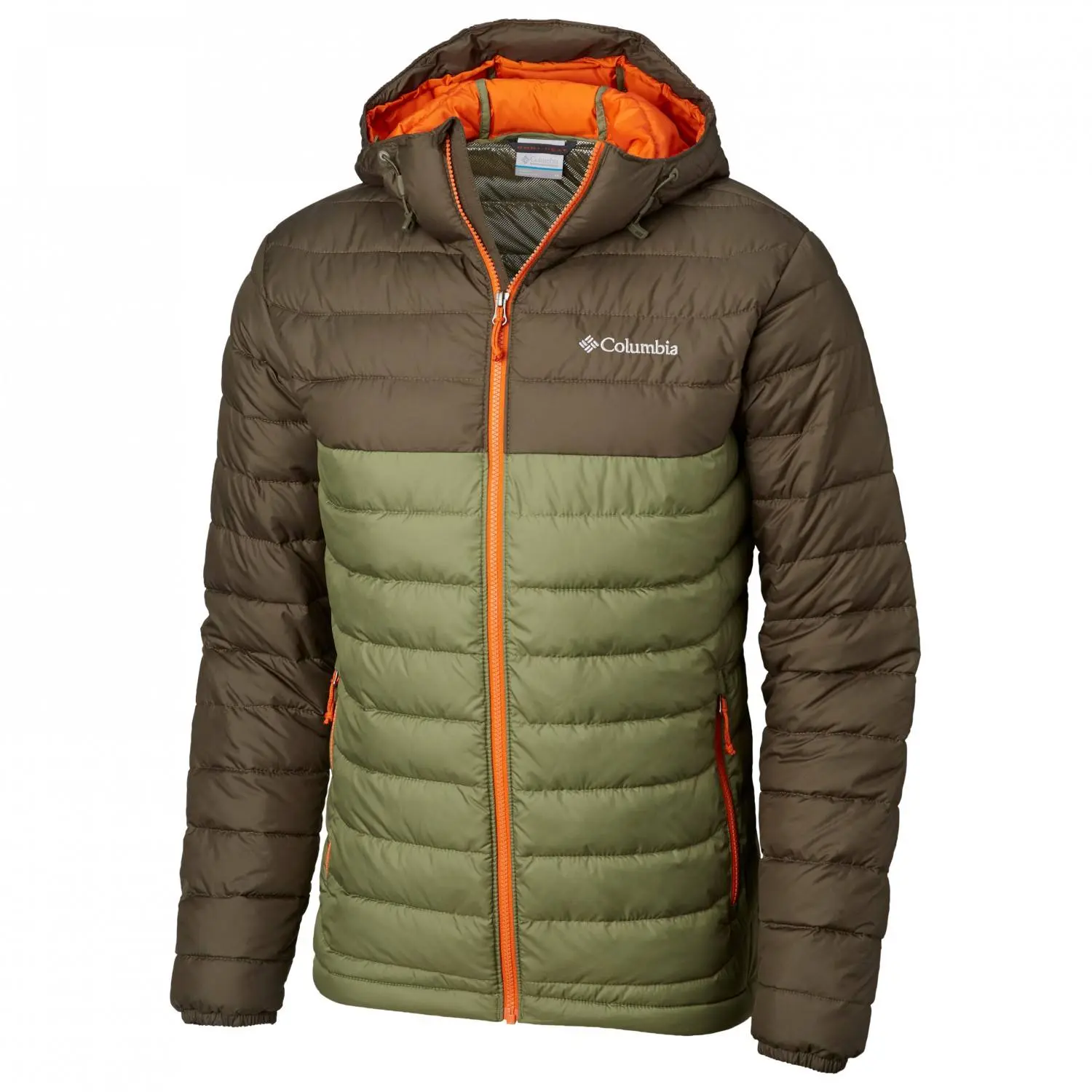
How to maintain and prolong jacket lifespan?
Proper care extends your jacket’s life. Use special detergent (like Nikwax) to keep it waterproof, and skip fabric softener that can mess up the fabric.
Don’t squish down jackets when storing them. After a muddy hike in the UK, I washed my jacket as per instructions, and it’s stayed waterproof for three seasons. Keep an eye on seams and zippers, and refresh the waterproof coating when it wears off.
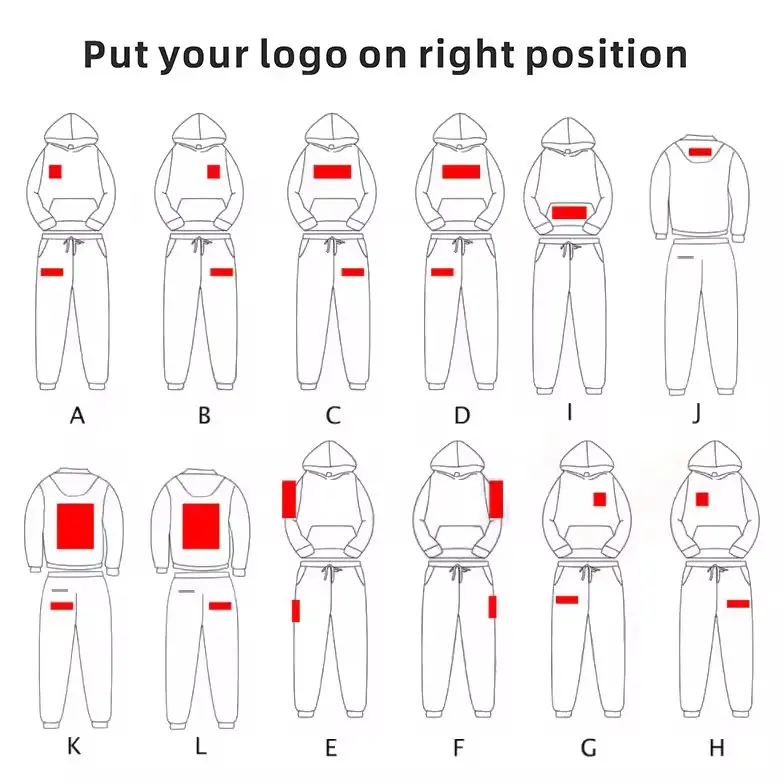
What’s the ideal fit for a winter hiking jacket?
The right fit lets you move and layer properly. You should be able to move your arms freely and fit layers underneath without swimming in the jacket.
Always try it on with the clothes you’d wear underneath. I made the mistake of buying a jacket that fit great alone but was too tight with layers – won’t do that again! Also, ensure the hood fits over a helmet if you’re mountaineering.
Picking the right winter hiking jacket depends on where you’ll be, how active you’ll be, and what you like. Prioritize breathability, waterproofing, and ethical production, and don’t skimp on fit. Ready to go hiking? Check out sustainable options from trusted brands, and invest in a jacket that’ll keep you warm for seasons to come. Have fun out there!
